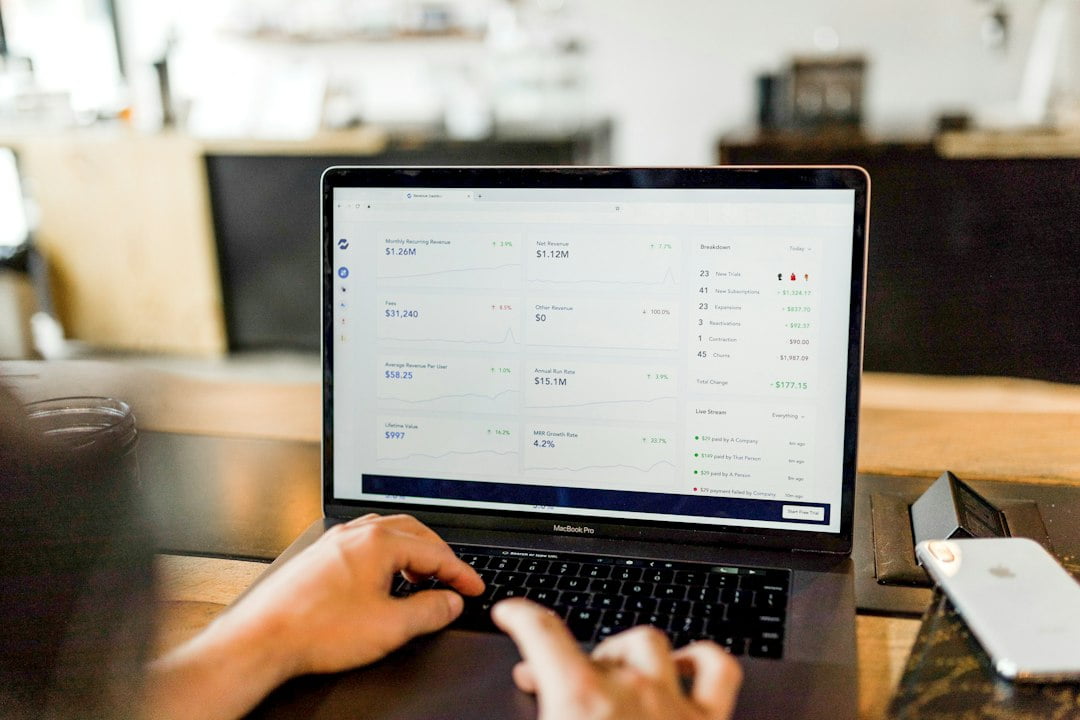
Mastering the Art of Pre-Market Trading: 5 Essential Tips to Know Before the Stock Market Opens
Pre-market trading refers to the trading activity that takes place before the official opening of the stock market. During this time, traders have the opportunity to react to news and events that may have occurred outside of regular trading hours. Understanding pre-market trading is crucial for traders as it can provide valuable insights into market sentiment and help them make informed decisions.
Key Takeaways
- Market open can be volatile, adjust your strategy accordingly
- Use limit orders instead of market orders during pre-market trading
- Monitor volume and liquidity to ensure desired price for buying or selling
- Identify key levels of support and resistance for informed trading decisions
- Analyze performance and learn from mistakes to refine trading strategy
Understand Market Open Volatility
Market open volatility refers to the increased level of price fluctuations and trading activity that occurs when the market opens. This period is often characterized by high levels of uncertainty and can present both risks and opportunities for traders.
One of the main risks associated with market open volatility is the potential for large price gaps. This occurs when there is a significant difference between the closing price of a stock and its opening price. These gaps can result in substantial losses if a trader is caught on the wrong side of the trade.
On the other hand, market open volatility also presents opportunities for traders to capitalize on quick price movements. By understanding and anticipating these fluctuations, traders can take advantage of short-term trading opportunities and potentially profit from them.
To adjust their trading strategy during market open, traders should consider implementing tighter stop-loss orders to protect against large price gaps. They should also be prepared to act quickly and make decisions based on real-time market data.
Use Limit Orders
When placing trades, traders have two main options: market orders and limit orders. A market order is an instruction to buy or sell a stock at the best available price in the market. A limit order, on the other hand, allows traders to specify the maximum price they are willing to pay for a stock or the minimum price they are willing to sell it for.
Using limit orders during pre-market trading can provide several advantages. Firstly, it allows traders to have more control over their trades and avoid unexpected price fluctuations. By setting a specific price at which they are willing to buy or sell a stock, traders can ensure that they are getting the best possible price for their trades.
Secondly, using limit orders can help traders avoid the potential for slippage. Slippage occurs when the execution price of a trade is different from the expected price. This can happen during periods of high volatility, such as market open, and can result in unexpected losses.
To control the price at which they buy or sell a stock, traders should set their limit orders at a level that reflects their desired entry or exit point. They should also consider adjusting their limit orders based on market conditions and any new information that becomes available.
Monitor Volume and Liquidity
| Metrics | Definition |
|---|---|
| Volume | The total number of shares or contracts traded in a specific period of time. |
| Liquidity | The ease with which an asset can be bought or sold without affecting its price. |
| Spread | The difference between the bid and ask price of a security. |
| Depth | The number of buy and sell orders at different prices for a security. |
| Volatility | The degree of variation of a security’s price over time. |
Volume and liquidity are two important factors to consider when trading in pre-market hours. Volume refers to the number of shares being traded, while liquidity refers to how easily those shares can be bought or sold without causing significant price movements.
Monitoring volume and liquidity during pre-market trading is crucial because it can provide insights into market sentiment and help traders gauge the level of interest in a particular stock. Higher volume and liquidity generally indicate greater market participation and can make it easier for traders to buy or sell shares at their desired price.
To ensure they can buy or sell shares at their desired price, traders should pay attention to the bid-ask spread. The bid-ask spread is the difference between the highest price a buyer is willing to pay (bid) and the lowest price a seller is willing to accept (ask). A narrow bid-ask spread indicates high liquidity and makes it easier for traders to execute their trades at their desired price.
Keep an Eye on Key Levels
Key levels of support and resistance are important technical levels that traders should keep an eye on during pre-market trading. Support levels are price levels at which buying pressure is expected to outweigh selling pressure, causing the stock’s price to bounce back up. Resistance levels, on the other hand, are price levels at which selling pressure is expected to outweigh buying pressure, causing the stock’s price to drop.
Identifying these key levels can help traders make more informed trading decisions. For example, if a stock is approaching a support level during pre-market trading, it may present a buying opportunity as there is a higher likelihood of the stock’s price bouncing back up. Conversely, if a stock is approaching a resistance level, it may present a selling opportunity as there is a higher likelihood of the stock’s price dropping.
To use key levels effectively, traders should use technical analysis tools such as trendlines and moving averages to identify these levels. They should also consider using stop-loss orders to protect against potential price reversals.
Learn from Your Mistakes
Tracking trades and analyzing performance is crucial for traders who want to improve their pre-market trading skills. By reviewing past trades, traders can identify areas for improvement and refine their trading strategy.
One important aspect of learning from mistakes is keeping a trading journal. A trading journal allows traders to record their trades, including entry and exit points, reasons for entering the trade, and any lessons learned. By reviewing their journal regularly, traders can identify patterns and trends in their trading behavior and make adjustments accordingly.
Another way to learn from mistakes is to seek feedback from other traders or mentors. Joining trading communities or finding a mentor who can provide guidance and support can be invaluable for traders looking to improve their skills.
It is also important for traders to be open-minded and willing to adapt their trading strategy as needed. The market is constantly changing, and what may have worked in the past may not necessarily work in the future. By staying flexible and continuously learning, traders can increase their chances of success in pre-market trading.
In conclusion, understanding pre-market trading is crucial for traders who want to make informed decisions and capitalize on market opportunities. By understanding market open volatility, using limit orders, monitoring volume and liquidity, keeping an eye on key levels, and learning from mistakes, traders can increase their chances of success in pre-market trading.
It is important for traders to continue learning and refining their trading strategy as the market evolves. By staying informed and adapting to changing market conditions, traders can position themselves for long-term success in pre-market trading.
If you’re looking to improve your overall well-being, it’s important to not only focus on financial matters but also on your physical health and vitality. In a related article, “Fueling Your Body: The Key Nutrients for Achieving Optimal Physical Health and Vitality,” you can discover the essential nutrients your body needs to function at its best. From vitamins and minerals to proteins and carbohydrates, this article provides valuable insights on how to nourish your body for optimal performance. Check it out here and take a step towards a healthier lifestyle.
FAQs
What is the stock market?
The stock market is a platform where publicly traded companies’ stocks are bought and sold. It is a place where investors can buy and sell shares of companies, and the prices of these shares are determined by supply and demand.
What time does the stock market open?
The stock market in the United States typically opens at 9:30 a.m. Eastern Time. However, pre-market trading can begin as early as 4:00 a.m. Eastern Time.
What are pre-market and after-hours trading?
Pre-market trading is the buying and selling of stocks before the official opening of the stock market. After-hours trading is the buying and selling of stocks after the official closing of the stock market. Both pre-market and after-hours trading have lower trading volumes and higher volatility than regular trading hours.
What are some factors that can affect the stock market?
The stock market can be affected by a variety of factors, including economic indicators such as GDP, inflation, and unemployment rates, as well as geopolitical events, company earnings reports, and changes in interest rates.
What are some strategies for investing in the stock market?
Some strategies for investing in the stock market include diversifying your portfolio, investing for the long-term, and doing your research before making investment decisions. It is also important to have a clear understanding of your risk tolerance and to have a plan in place for managing your investments.


















